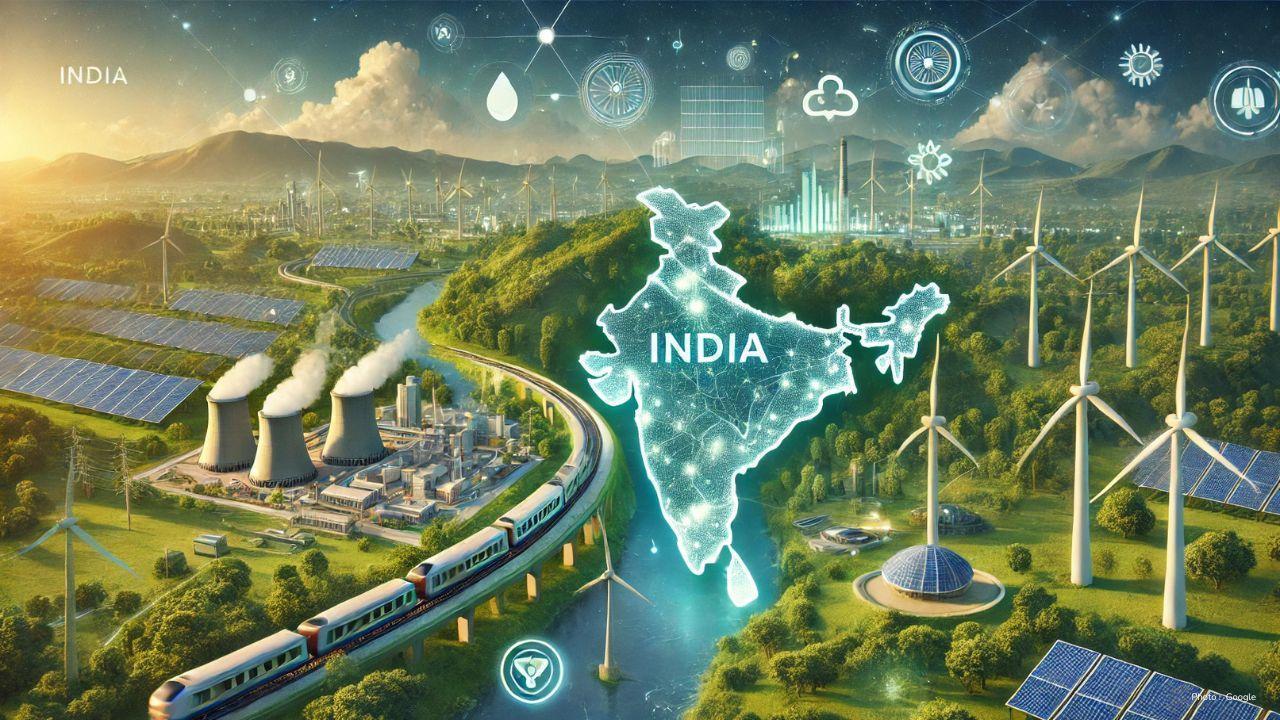
Post by : Saif Ali Khan
India is making strong efforts to reduce pollution and shift to clean energy. By 2025, the country is focusing on renewable sources such as solar, wind, and hydro power. These efforts aim to provide electricity to homes, businesses, and industries while protecting the environment. Green energy is helping India create a healthier and more sustainable future.
What Is Green Energy?
Green energy comes from natural sources that do not harm the environment. Unlike coal or oil, it does not produce harmful gases that cause climate change. Common green energy sources include:
Solar Power: Energy from the sun using solar panels.
Wind Power: Electricity generated using wind turbines.
Hydro Power: Energy from flowing water in rivers and dams.
Biomass: Energy from plants, organic waste, and other natural materials.
Green energy is renewable, safe, and helps reduce dependence on fossil fuels.
India’s Green Energy Progress
By 2025, India has made significant progress in green energy:
Solar Energy: Installed capacity exceeds 100 GW, making India one of the top solar producers globally.
Wind Energy: Around 50 GW of wind power capacity, mainly in coastal and windy regions.
Hydro Power: Rivers provide about 45 GW of clean electricity.
Government Programs: Initiatives like the National Solar Mission encourage businesses and households to adopt solar energy.
These steps show India’s commitment to cleaner energy and reducing pollution.
Benefits of Green Energy
Green energy offers many advantages for people and the environment:
Cleaner Air: Less smoke and harmful gases improve public health.
Job Opportunities: Solar, wind, and hydro projects create numerous jobs.
Energy Security: India can produce its own electricity instead of relying on imported fuels.
Sustainability: Renewable energy will last forever, unlike coal or oil.
Challenges in Green Energy
Despite progress, some challenges remain:
High Initial Costs: Installing solar panels or wind turbines requires large upfront investment.
Infrastructure Needs: Building power plants and transmission systems takes planning and time.
Energy Storage: Solar and wind energy can be inconsistent, requiring efficient storage solutions.
Skilled Workforce: More trained professionals are needed to manage green energy projects.
The government and private sector are working to overcome these challenges with better technology and investments.
Future Outlook
By 2030, India aims to achieve 500 GW of renewable energy capacity. This will include more solar parks, offshore wind farms, and improved energy storage systems. Green energy is expected to power homes, schools, hospitals, and industries across the country.
Experts also believe that green energy will help India meet global climate goals and reduce carbon emissions, ensuring a safer and cleaner planet for future generations.
Disclaimer
This article is based on information available in 2025. It is for educational and informational purposes only and does not promote any company or product.

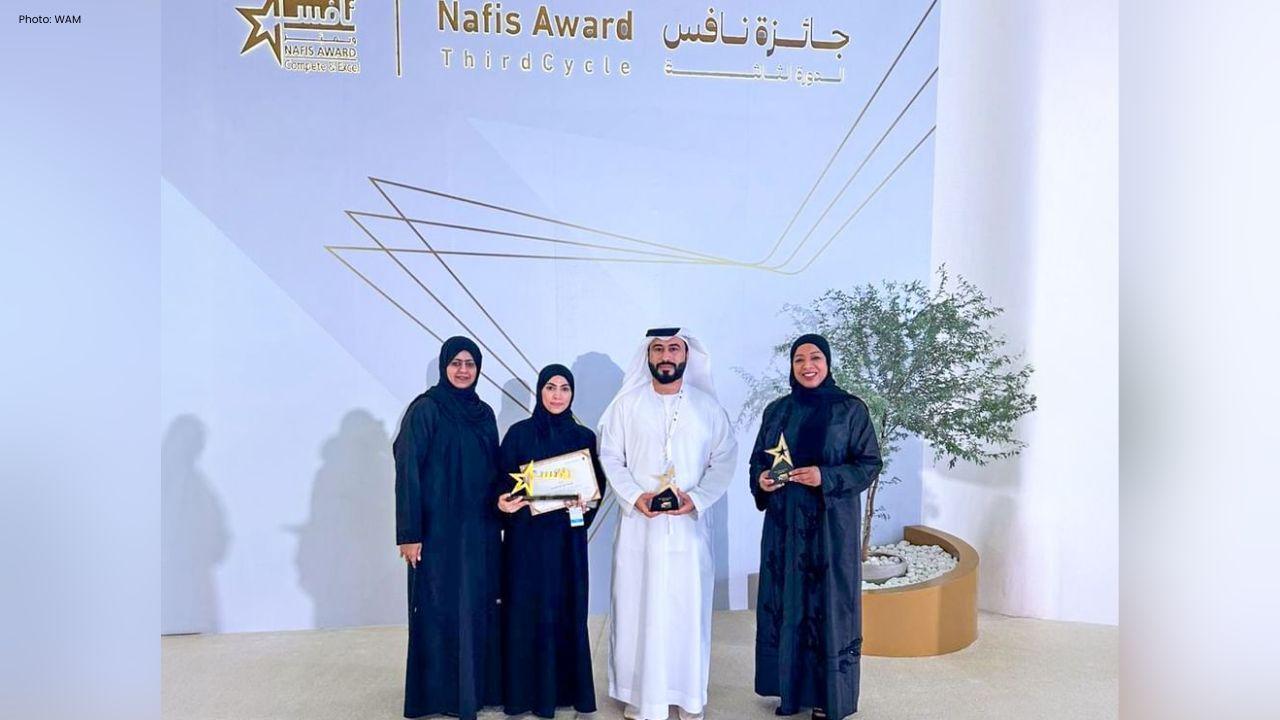






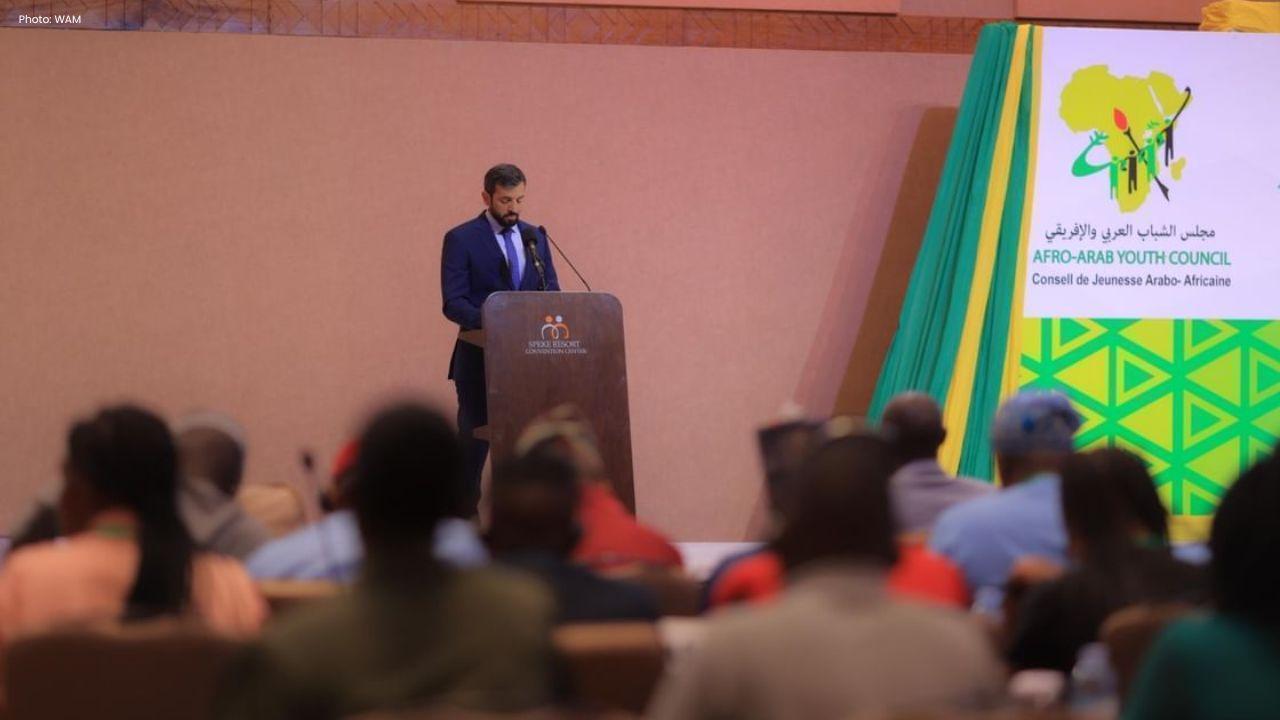

Google to Invest $15 Billion in India’s AI Data Hub
Google will invest $15 billion to build a massive AI data hub in southern India, marking its largest
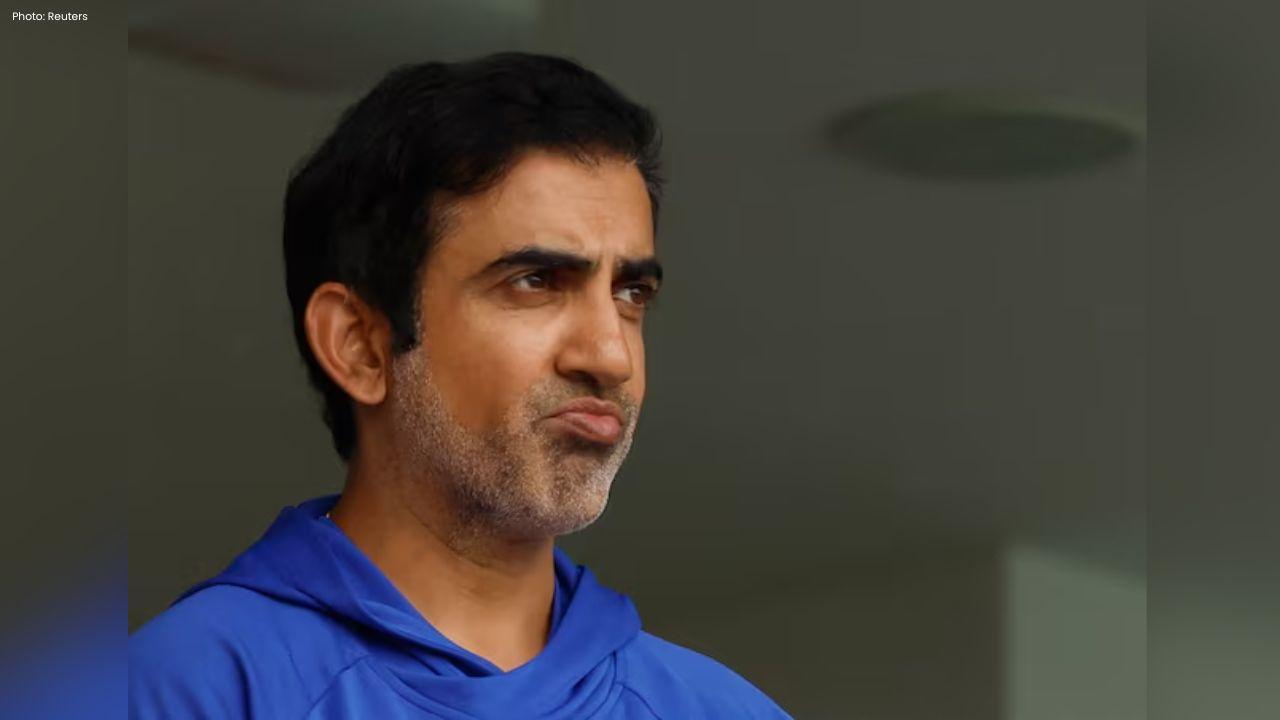
Gautam Gambhir Praises Shubman Gill’s Leadership Success
India’s head coach Gautam Gambhir praised Shubman Gill’s leadership after the 2-0 Test series win ov

KL Rahul Guides India to Series Win Over West Indies 2-0
India defeated West Indies by seven wickets in the second Test, sweeping the series 2-0 with KL Rahu
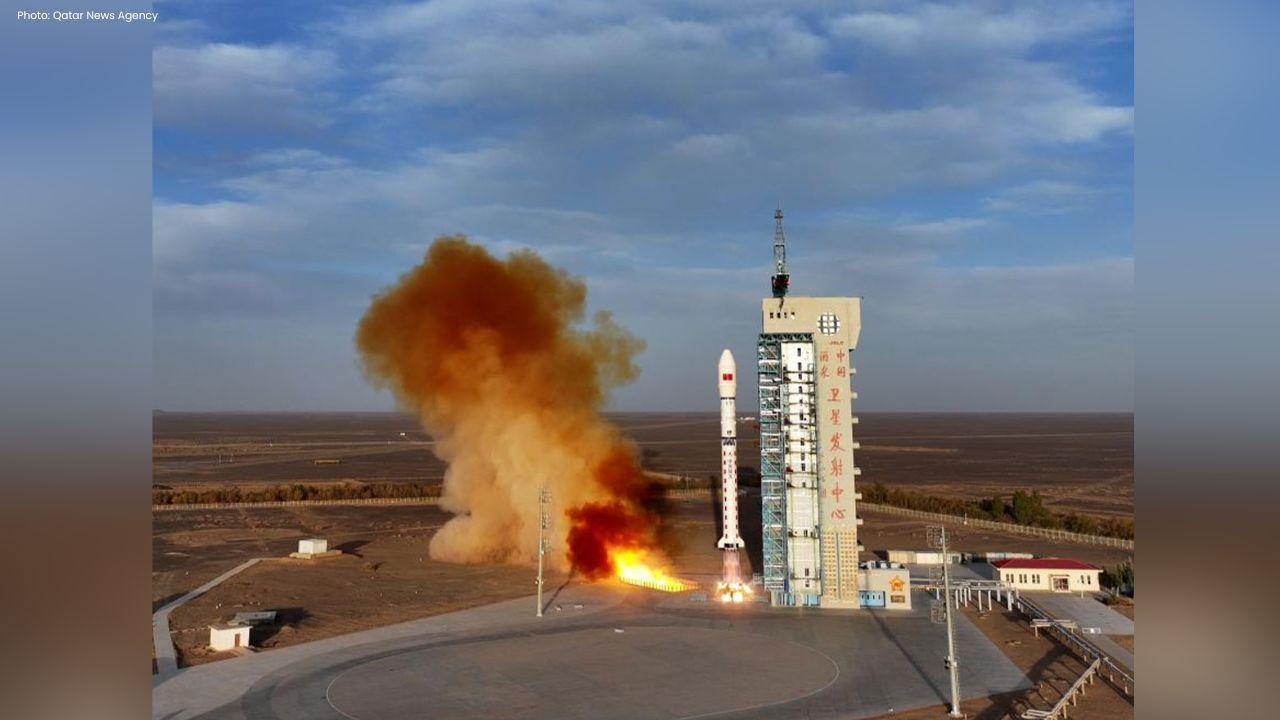
China Launches Shiyan-31 Test Satellite Successfully
China successfully launches Shiyan-31 satellite to test optical imaging technology, marking the 599t

Coach to Decide if Messi Plays Against Puerto Rico
Argentina coach Lionel Scaloni will decide Lionel Messi’s participation against Puerto Rico after fi

Pedri Credits Ferran Torres For Support And Guidance
Pedri highlights Ferran Torres’ support and guidance, saying strict advice and teamwork keep him mot